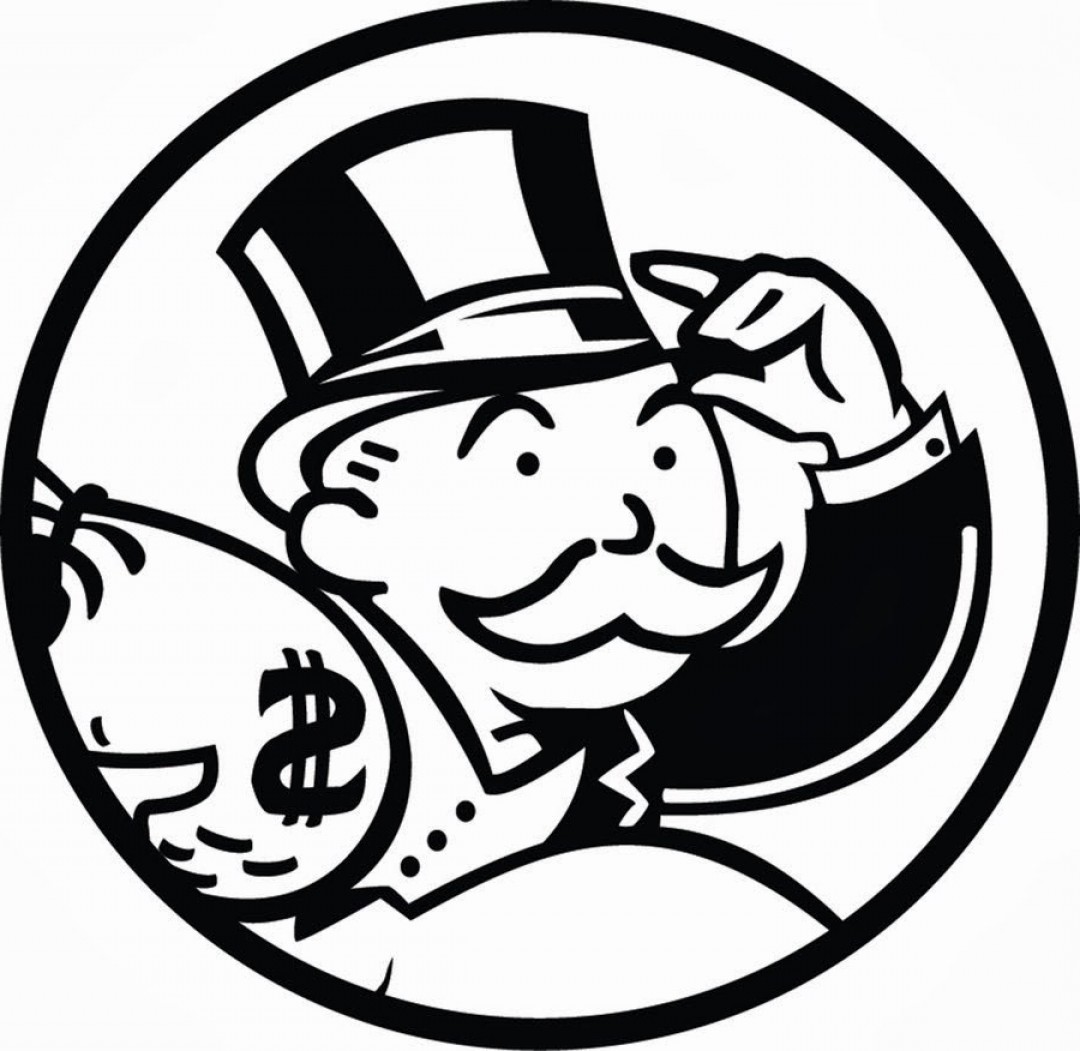

These characteristics will provide the defining characteristics of monopolistic competition and oligopoly. Since monopolistic competition and oligopoly are intermediary market structures, the next section will review the properties and characteristics of perfect competition and monopoly. What one firm does affects the other firms in the oligopoly. Oligopoly is a fascinating market structure due to interaction and interdependency between oligopolistic firms. Oligopoly = A market structure characterized by barriers to entry and a few firms. Next, we define the market structure oligopoly. This form of market structure is common in market-based economies, and a trip to the grocery store reveals large numbers of differentiated products: toothpaste, laundry soap, breakfast cereal, and so on. Monopolistically Competitive firms have one characteristic that is like a monopoly (a differentiated product provides market power), and one characteristic that is like a competitive firm (freedom of entry and exit). Monopolistic Competition = A market structure characterized by a differentiated product and freedom of entry and exit. This chapter defines and describes two intermediary market structures: monopolistic competition and oligopoly. Monopoly power is also called market power, and is measured by the Lerner Index. Monopolies have monopoly power, or the ability to change the price of the good. Monopoly is the other extreme of the market structure spectrum, with a single firm. Therefore, numerous firms means that each firm is so small that it is a price taker. Each perfectly competitive firm is a price taker. In a perfectly competitive industry, each firm is so small relative to the market that it cannot affect the price of the good. The word, “numerous” has special meaning in this context. Perfect competition is on one end of the market structure spectrum, with numerous firms.


 0 kommentar(er)
0 kommentar(er)
